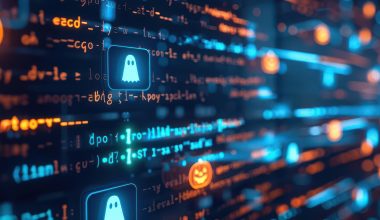The COVID-19 pandemic has underscored the need for businesses to have a plan of action for providing the continuity of products and services in the face of unexpected circumstances. During this pandemic, it has become clear that IT support and infrastructure is a crucial component to successfully navigating the work-from-home transition. Employees reported many benefits from working remotely such as increased retention and productivity, reduced interruptions by coworkers, and increased family time due to commute elimination. While there were also some challenges, the consensus has been that people now have a better understanding of how to take advantage of the various tools and technology available to them, many of which were already at their disposal, for their businesses to not only survive but prevail.
A new challenge that many IT providers are facing in the work-from-home world, is the increased number of home “networks” and working environments that need to be accounted for, from both a security and reliability perspective. The following are some guidelines and helpful tips to assist with a more reliable and secure experience when employees are working from home.
 Make sure your home Wi-Fi network is password-protected.
Make sure your home Wi-Fi network is password-protected.
 Avoid connecting to a public Wi-Fi network as these are prime targets for malicious activity that spy on web traffic in an attempt to collect confidential information.
Avoid connecting to a public Wi-Fi network as these are prime targets for malicious activity that spy on web traffic in an attempt to collect confidential information.
 Minimize the use of personal devices and networks as they can lack essential tools such as antivirus, backup, customized firewalls, and more that are typically set up by your IT department.
Minimize the use of personal devices and networks as they can lack essential tools such as antivirus, backup, customized firewalls, and more that are typically set up by your IT department.
 Be mindful of your inbox as there will likely be an increase in phishing tactics and scams targeting remote workers using COVID-19 topics. Always take time to review an email with a link to verify that it is legitimate and never click on suspicious links. If you are unsure about an email, mark it as Spam or Phishing, forward it to your IT department, and/or delete it.
Be mindful of your inbox as there will likely be an increase in phishing tactics and scams targeting remote workers using COVID-19 topics. Always take time to review an email with a link to verify that it is legitimate and never click on suspicious links. If you are unsure about an email, mark it as Spam or Phishing, forward it to your IT department, and/or delete it.
 Ransomware and other malware attacks have continued to increase. If a spoofed link is clicked inadvertently, malicious code can be executed. These links are typically found in phishing emails that do not have a virus and may not be caught by most SPAM filters. If clicked, the malicious code can infect the computer, often unbeknownst to the user, and hijack it.
Ransomware and other malware attacks have continued to increase. If a spoofed link is clicked inadvertently, malicious code can be executed. These links are typically found in phishing emails that do not have a virus and may not be caught by most SPAM filters. If clicked, the malicious code can infect the computer, often unbeknownst to the user, and hijack it.
 If you are using a personal PC, ensure your PC has the latest updates and security patches installed. Help for Windows 10 here, Mac OS X here.
If you are using a personal PC, ensure your PC has the latest updates and security patches installed. Help for Windows 10 here, Mac OS X here.
 While modern versions of Windows and Mac OS X do come with a level of baseline antivirus protection, it is a good idea to consider the benefits of adding dedicated protection to your PC if you do not have dedicated antivirus or malware protection already.
While modern versions of Windows and Mac OS X do come with a level of baseline antivirus protection, it is a good idea to consider the benefits of adding dedicated protection to your PC if you do not have dedicated antivirus or malware protection already.
If you are interested in further exploring how Edmunds GovTech can assist in safeguarding your local government with Managed IT Services, please feel free to reach us at (609) 645-7333 or email Info@EdmundsGovTech.com.









